
Ever considered your audience pain points before? And what the heck are pain points, anyway? If you’re curious about what pain points are, how you find them (thus avoiding even more pain), and other wonders of the known universe, stick around!
Audience pain points, defined
Pain points are exactly what they sound like. They’re things that cause your audience pain. Of course, that pain doesn’t have to be physical pain (although it could be). Mostly it’s emotional or financial pain. This is a part of finding out who your audience is a.k.a. who you’re writing for. Do you know who you’re writing for? That would be step one!
Pick up the phone and ask
This one is super easy to do: just ask people what gives them pain. You might not want to phrase it quite that way, though. You could say “What is the hardest part about your job?” or “Is there any part of your job that you’d like to outsource?” Or even “What about your job gives you a headache?” You’d be surprised at what people tell you. Hopefully, they don’t hate everything about their job.
Run a poll to discover your audience pain points
Running a poll is really easy on Twitter. You can even use Tweepsmap to schedule one if you like. I just found this out recently on our weekly #digiblogchat chat about scheduling! This is also a great way to interact with your followers or audience and see what they’re up to. You can add follow-up questions, too, if you like. Another way to run a poll is with an email poll through mailchimp. I just checked and they still have a free version. Survey Monkey is another great way to run a poll.
Search with Google or another search engine
Do a search on Google (or Duck Duck Go, if you don’t want to be tracked). You could search for your type of client and the phrase pain points. For example accountant pain points could work if accountants are your typical clients. Accountants have issues around managing internal and external data. You get the picture.
Some audience pain points are universal
Everyone has some pain points in common. Not many people like to stub their toes or bump their heads. Many people don’t like working weekends. And most everyone hates spam, too. Except for spammers. Their pain point might be spam blockers.
Search Yelp and Google reviews
Boy, do people love to complain! If you don’t believe me, just start going through reviews on Yelp and Google and you’ll see what I mean! “The water was too cold.” “The water was too hot.” “The water was too liquidy.” I’m kidding–sort of, but then again, no. People really will complain about anything. You could address some of the pain points you hear all the time ahead of time.
Now that you have your audience pain points…
Now you’ve got a good list of audience pain points, right? So what!? Prioritize your list. You could choose the easiest one to address first, or the one that is likely to cause the most pain. What does your product or service do to fix those pain points? You’ll most likely want to brainstorm the ways you can solve those problems. Get detailed. You could create an article with all the ways you address those pain points. Or you could create a blog post for each pain point. Or you could have a handy sheet for everyone who works with you to refer to. Either way, you’re more prepared than most to talk to your customers and provide excellent customer service! And that’s why you want your customer pain points.





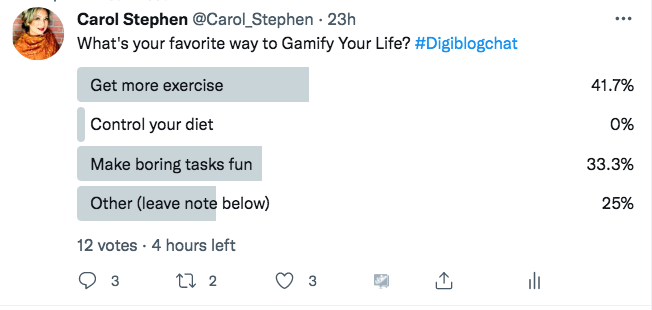






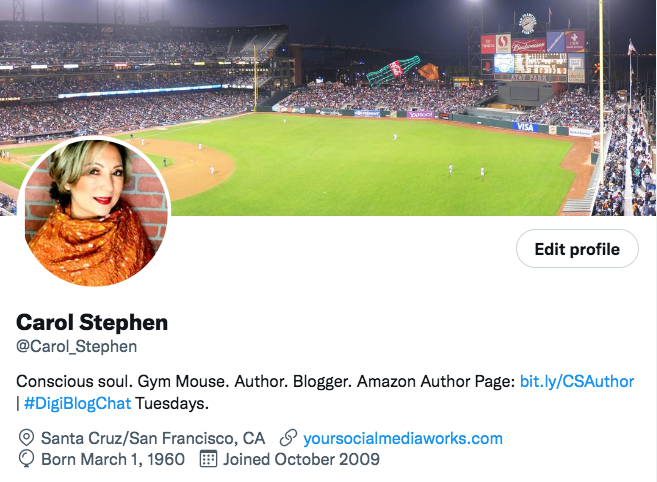
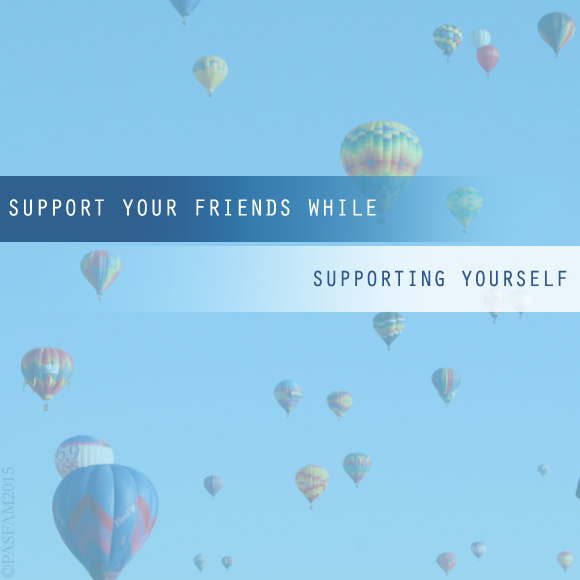

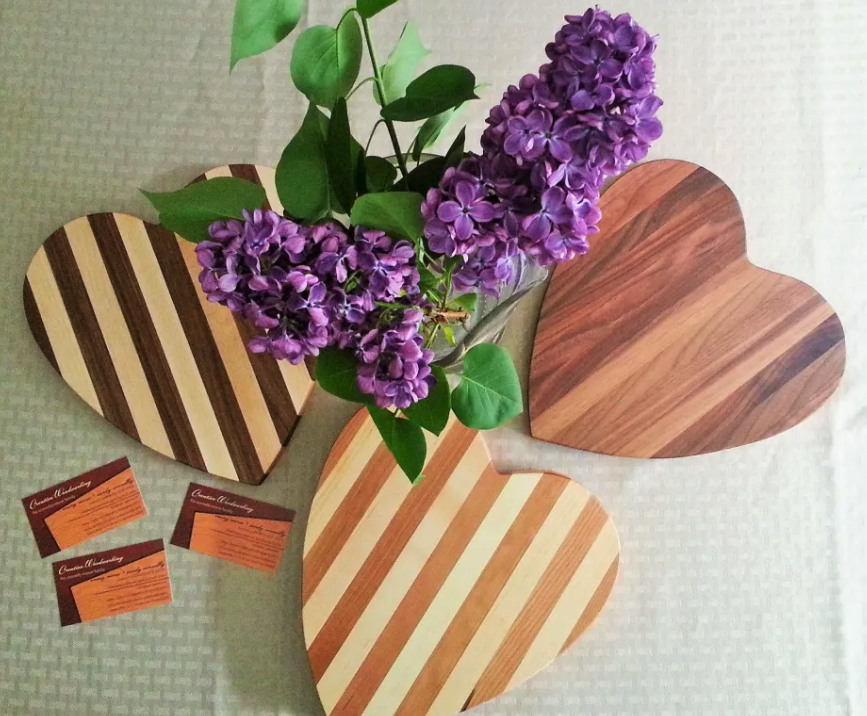

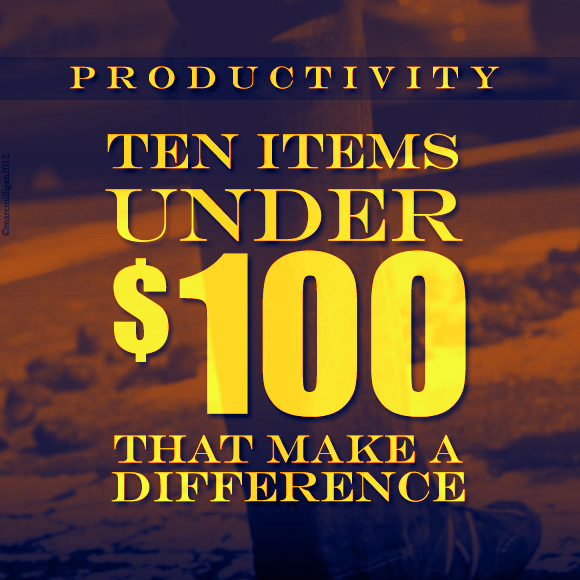

Follow Carol!